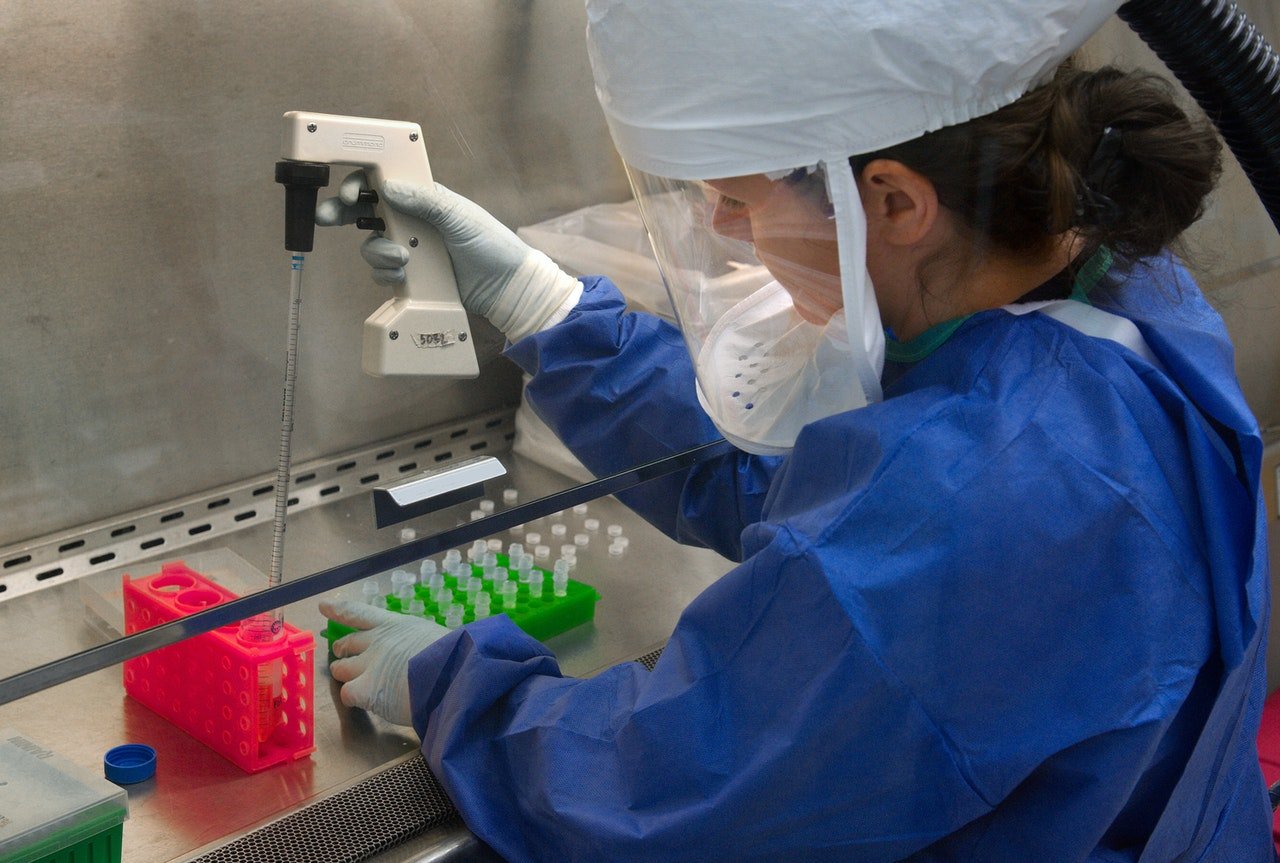
The importance of safety in a laboratory should never be disregarded. Operators of filtration systems like fume cupboards, biosafety cabinets or PCR cabinets often handle and work on pathogens posing a significant hazardous risk to people and the environment. Consequently, certain measures need to be in place to sufficiently control any infectious particulates.
Labs commonly working on bio-hazardous substances and viruses such as HIV, Salmonella and now COVID-19 must ensure they are as safe as they possibly can be, with detailed procedures that will help prevent any spread of dangerous contaminates.
Those who lead safety programs can struggle to keep their personnel safe. Complacency can often creep in, the longer someone works in the same position. This isn't a new issue and can happen in any industry, but lab technicians eating, not wearing gloves or all of the correct PPE whilst in a laboratory with hazardous microbes probably isn't the smartest thing to do.
2020 has been a year that nobody will forget. Deadly bushfires in Australia, severe floods across the UK and a global pandemic that's brought Coronavirus to labs all over the world. Not only have healthcare, food and delivery sectors been on the front line battling this devastating virus, but research facilities have been collecting samples of the virus with regards to testing, researching and even trying to find a vaccine.
It's safe to safe people are already looking ahead to 2021 already. This isn't necessarily a bad thing though. The emergence of COVID-19 has asked so many questions. How do staff remain safe when operating Coronavirus specimens? Do they test in house, or send to a reference lab? What PPE is needed, and do we have enough? Can samples be worked on outside of a biosafety cabinet?
With all these questions, it presents a unique opportunity to revisit and build a stronger safety culture within your laboratory, which can be done in several different ways and with everyone working together.
As we mentioned before, unsafe practices can be caused by complacency, but they can also be due to the way a laboratorist was trained and influenced. If a lab manager were to conduct meetings every day next to some really dangerous samples holding a Starbucks or wearing slippers, it would send out a very clear message that safety isn't exactly a priority.
Labs need leaders that set the highest standards as possible to set the right example on a consistent basis. Failure to do so will cause poor safety measures to spread through a department faster than an infectious disease.
Ever hear of the term 'power distance'? It's basically describes what is now an old school way of managing people within your department or team, where the person in charge makes it known that they rank higher and doesn't let those in positions below them think or speak for themselves. Sounds like a great moral booster, doesn't it!
If the people you work with are too afraid to highlight safety concerns to someone who is in a position of authority, then unsafe circumstances will be allowed to happen. Create an environment that's open and friendly, where people who can see potential risks can speak up when they need to - it's so important.
Risky behaviour taking place in a laboratory can happen because staff have never faced the consequences of their actions. In this case, we're not talking about disciplining someone for doing something wrong, we're merely highlighting that people keep taking chances until something has happened to them.
A microbiologist walks up to a biosafety cabinet (no this isn't a bad joke). They never wear gloves but continue performing their duties of reading cell culture plates each day. They've never knowingly been infected or harmed by any of the samples they've been working with, so why should change the way they do things?
It takes a stronger lab manager to educate rather than reprimand. Explaining to the person that they've been lucky so far and that they haven't been doing the right thing just because no harm has come to them will have a more positive reaction to not just the individual, but the people around them too. Continuously educating on safety procedures and behaviours is a vital aspect of maintaining a high level of safety in a lab.
By conducting daily lab inspections with laboratorists makes training an everyday routine. Sniffing out safety issues in even the most obscure places is a skill that's only perfected the more you do it and the more you find. This ability will mean those walking through labs will be able to easily notice something that's unsafe quickly.
Items such as PPE, waste handling, and castors on chairs can all be causes of accidents. All are preventable with the capability to spot physical and behavioural issues in a hazardous environment. The more your staff are aware of their surroundings, a higher level of safety will be achieved.
Measuring a safety culture in a lab is another valuable tool at your disposal and key to making long term enhancements. An audit or a survey can provide you with particularly meaningful data to assess what can be improved.
Asking all staff members questions, getting everyone involved and playing a part in improving safety measures will ensure you promote a stronger lab safety culture.
Is the Coronavirus pandemic that different to others? That's complicated. Why should we do this now? That's easy. When something like this occurs, it offers a unique opportunity to review measures and practices carried out when working with harmful pathogens. You'd be reckless not to take advantage of it.
For more lab safety tips, read our other resources or contact our team today.
Read our Privacy Policy for more information on how we collect and process data.



No thank you
Read our Privacy Policy for more information on how we collect and process data.